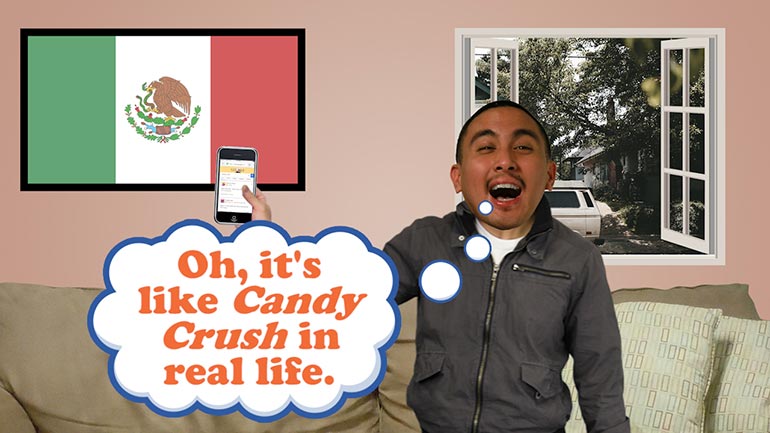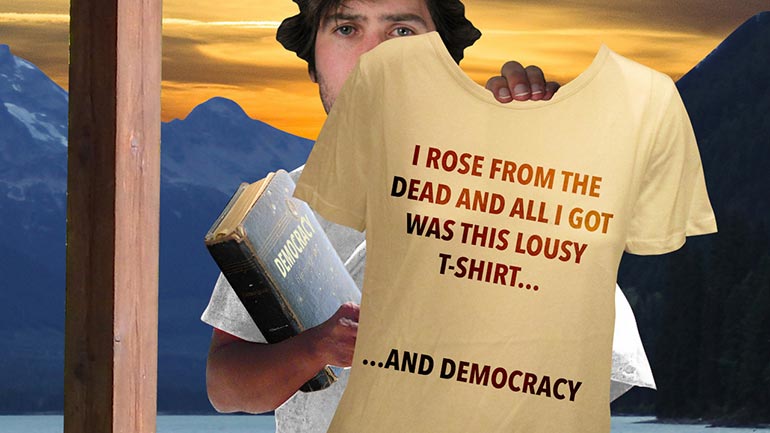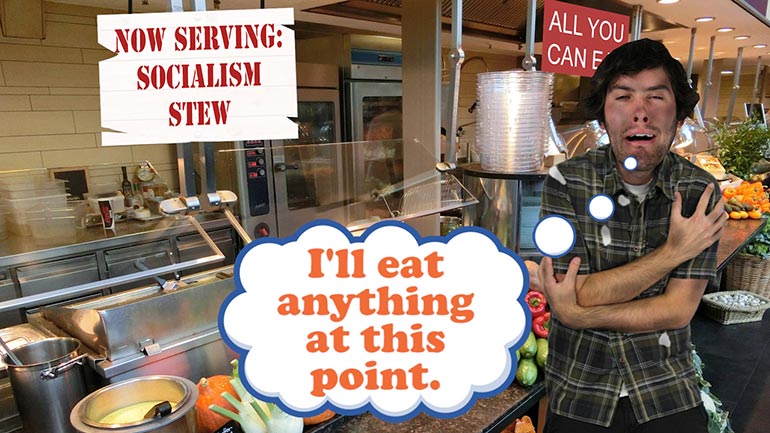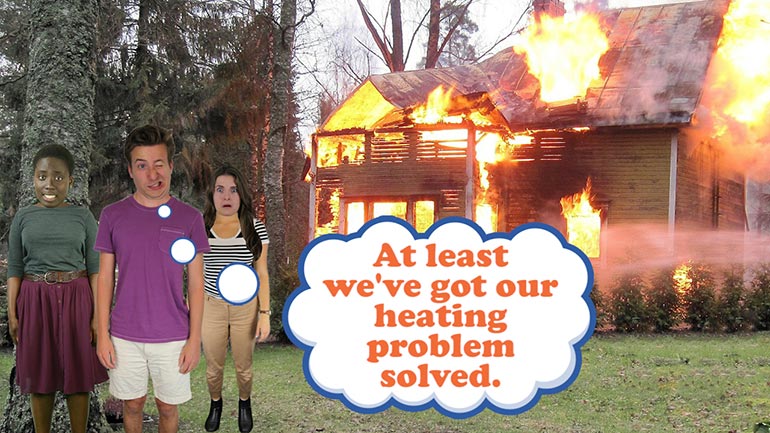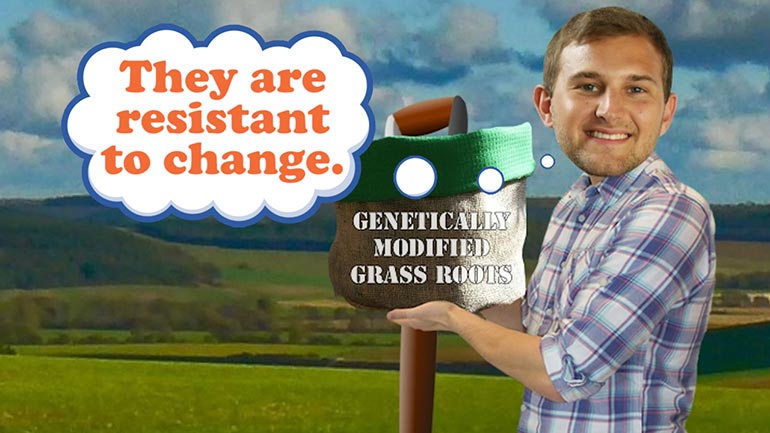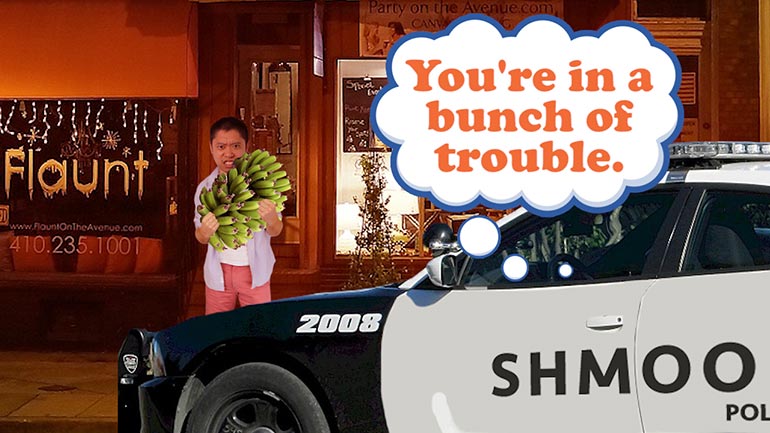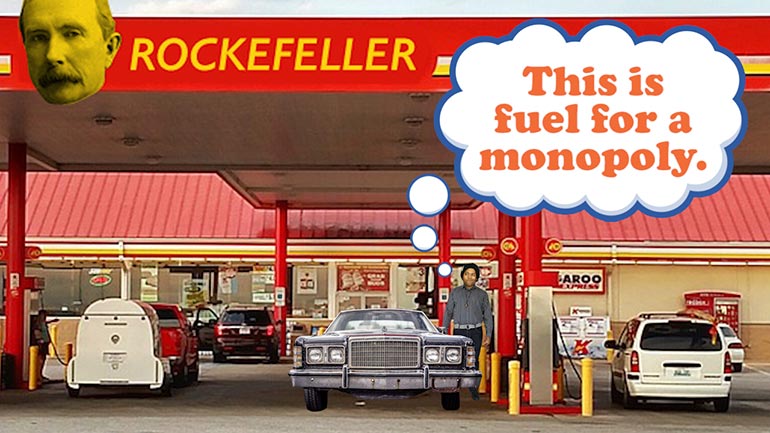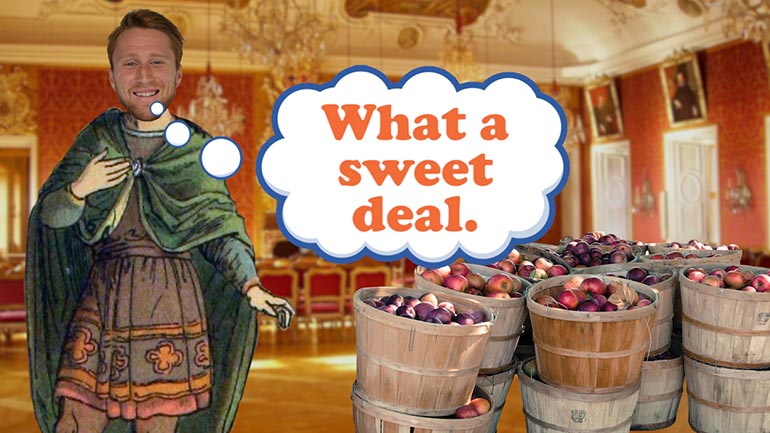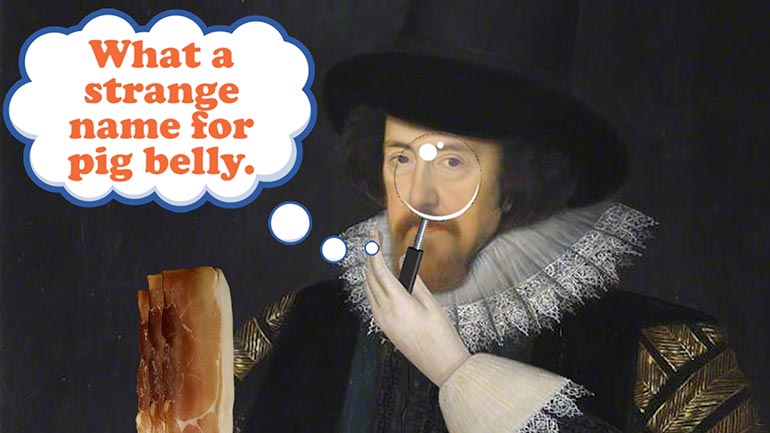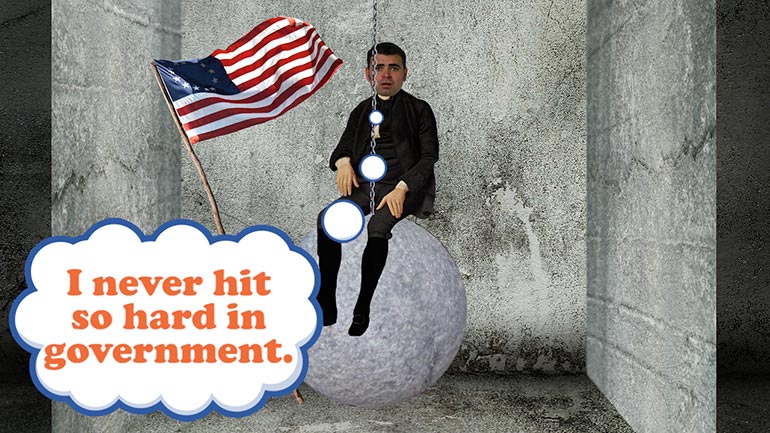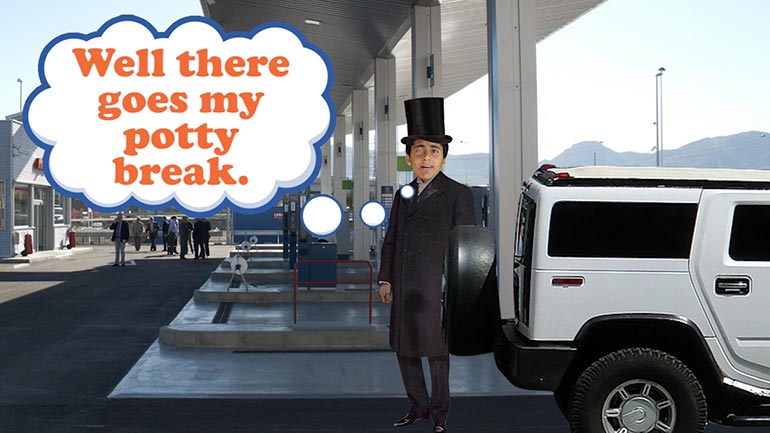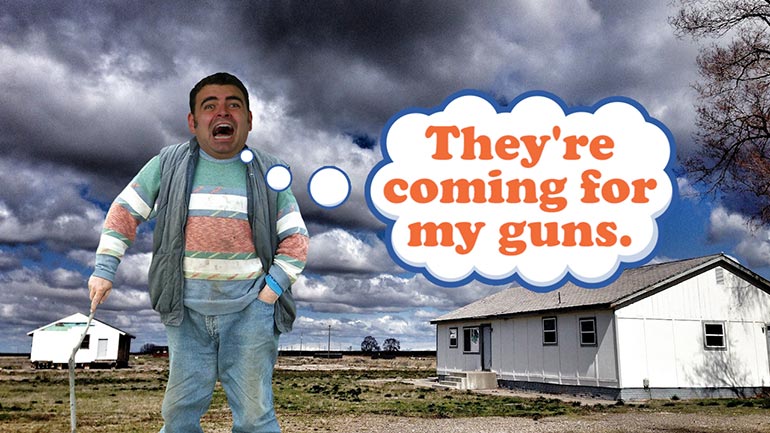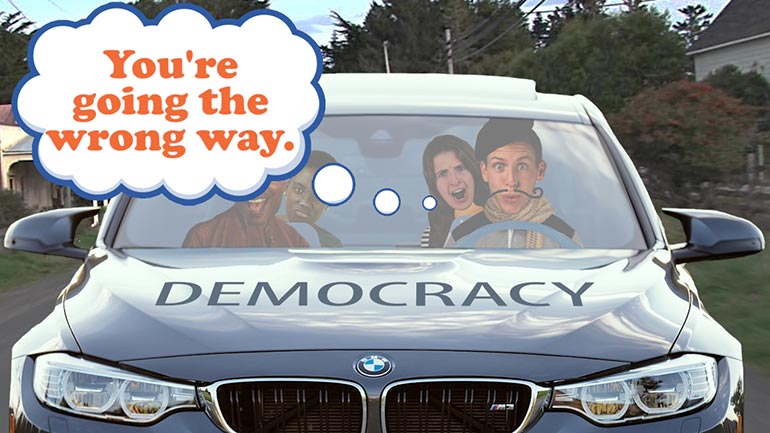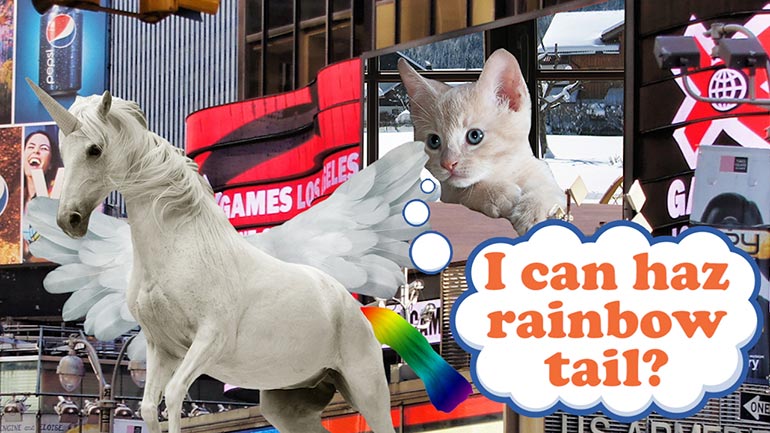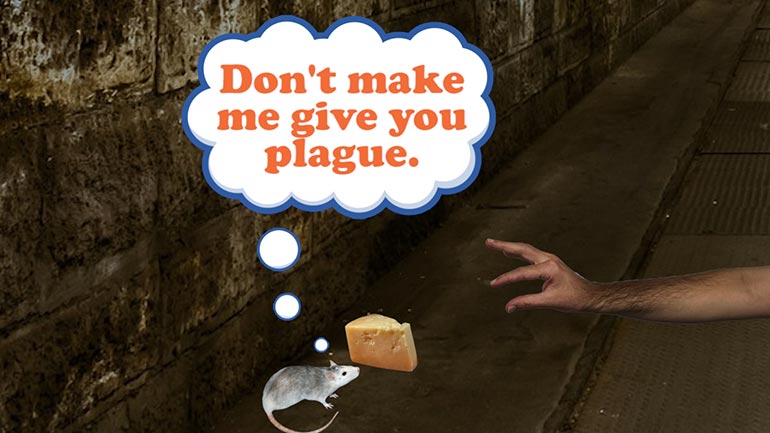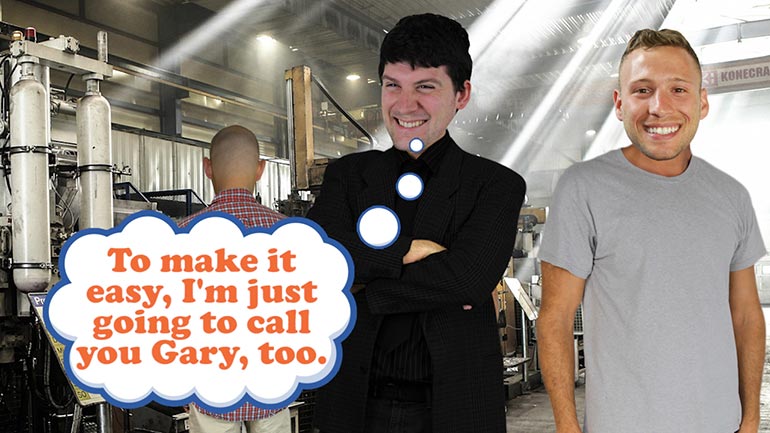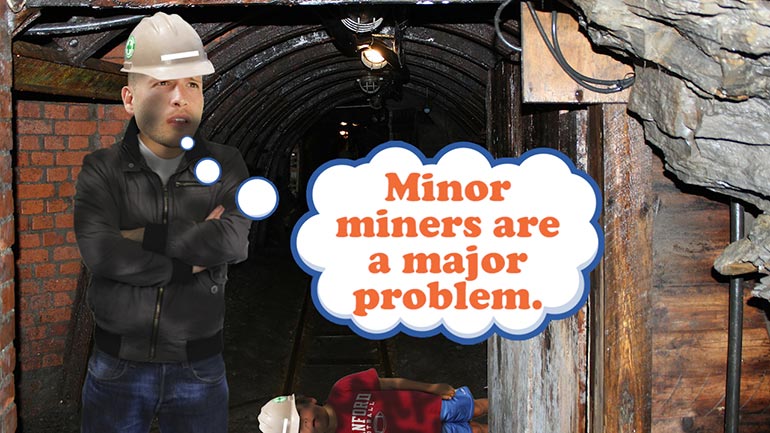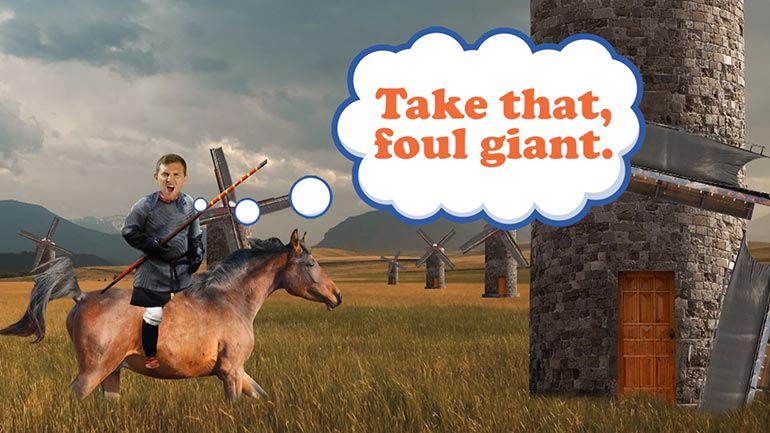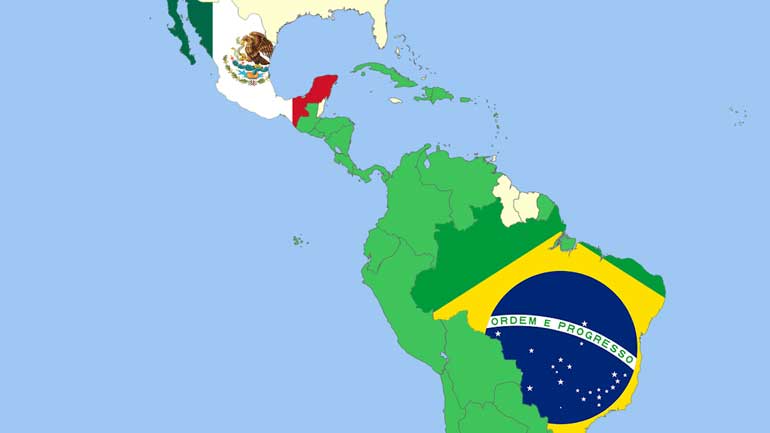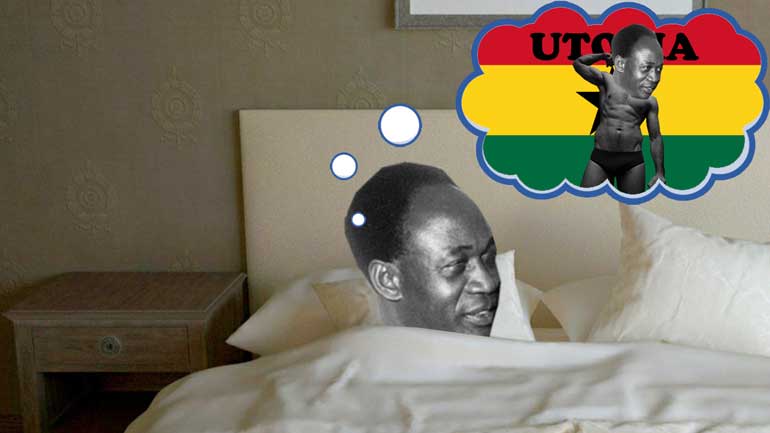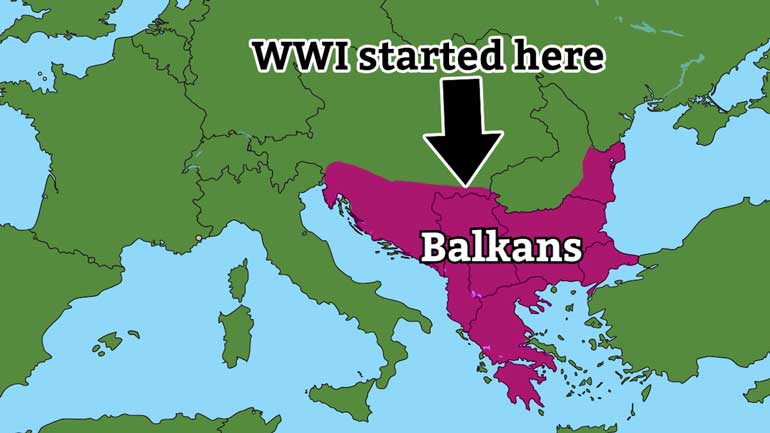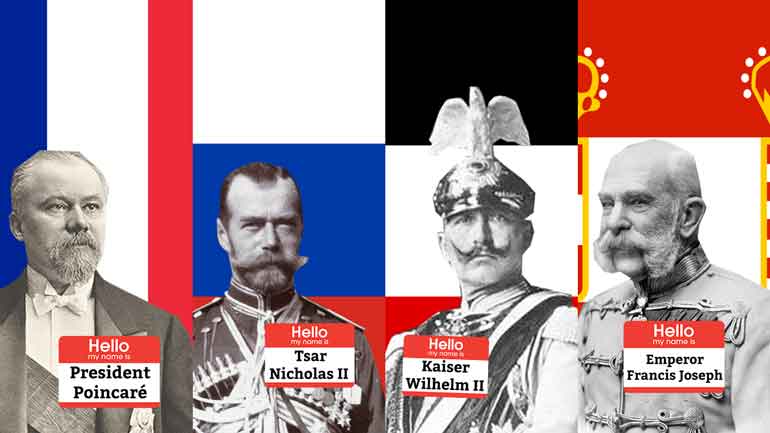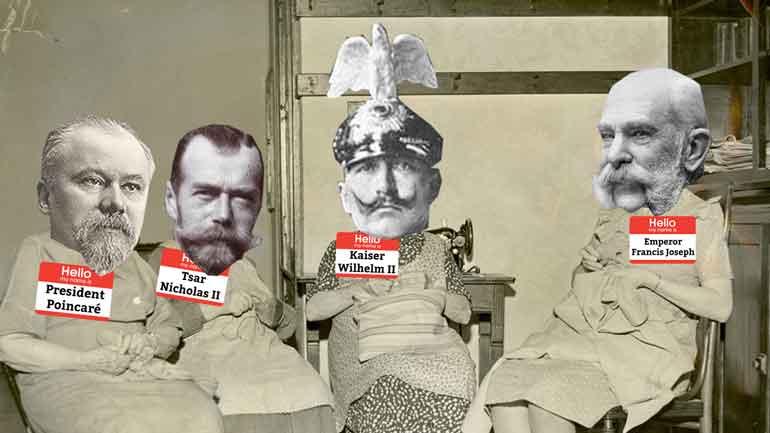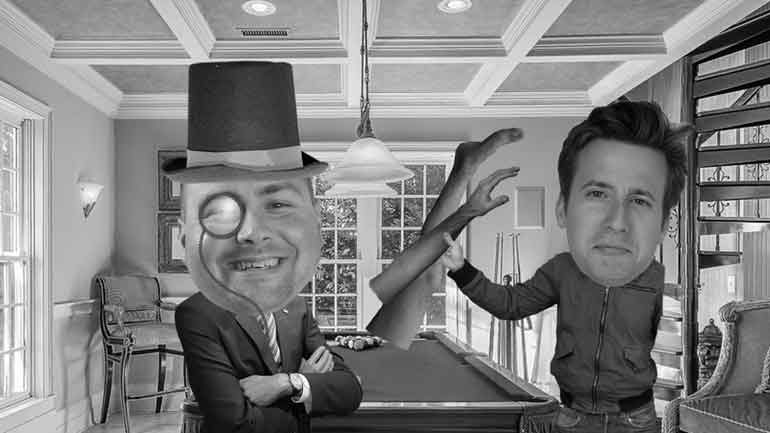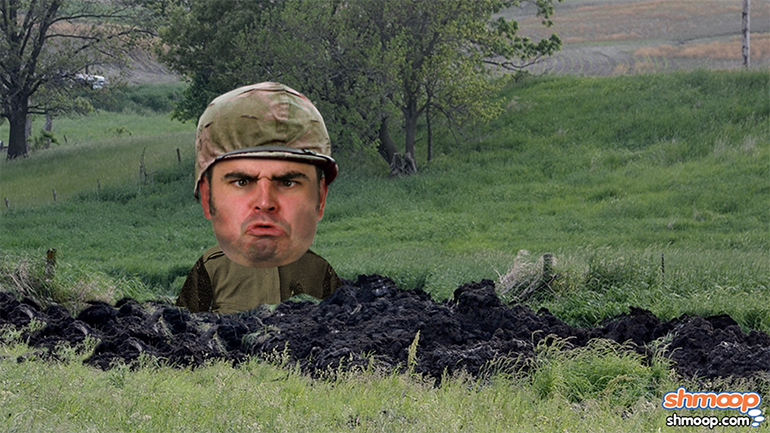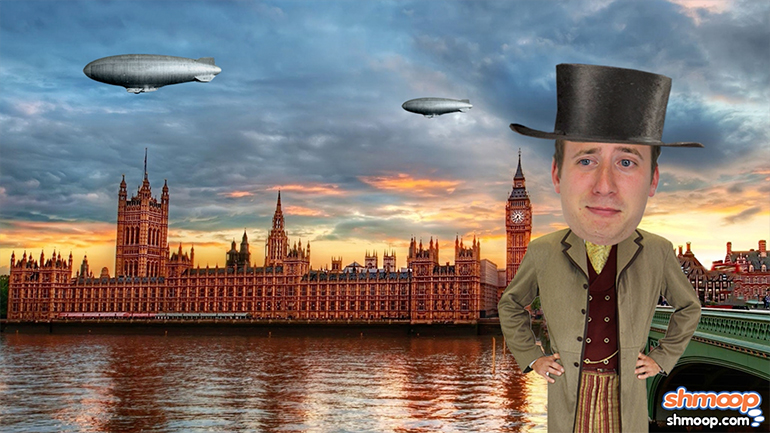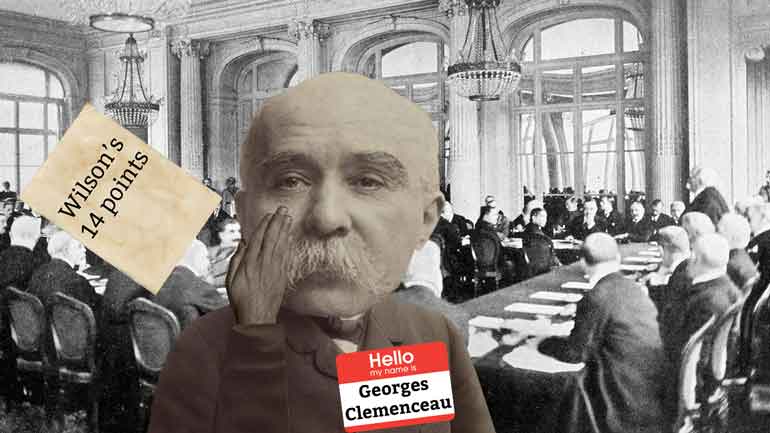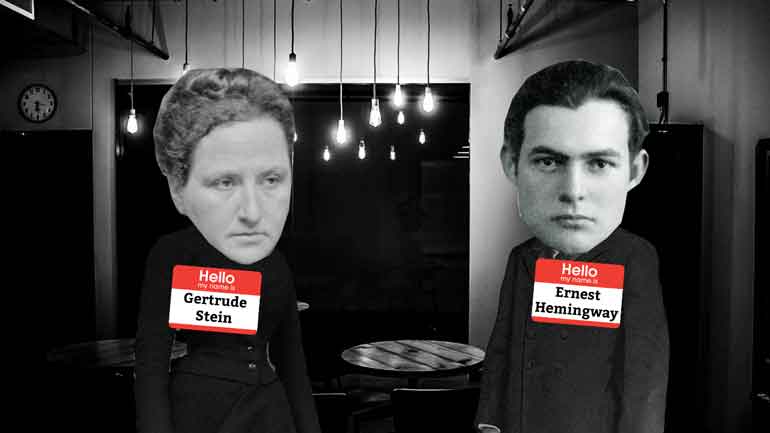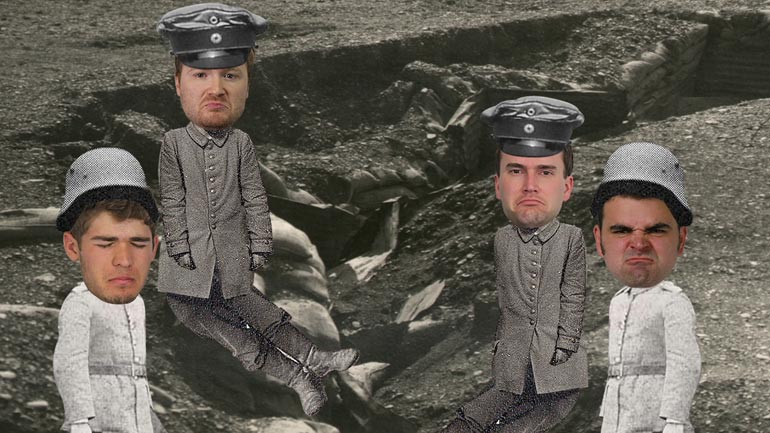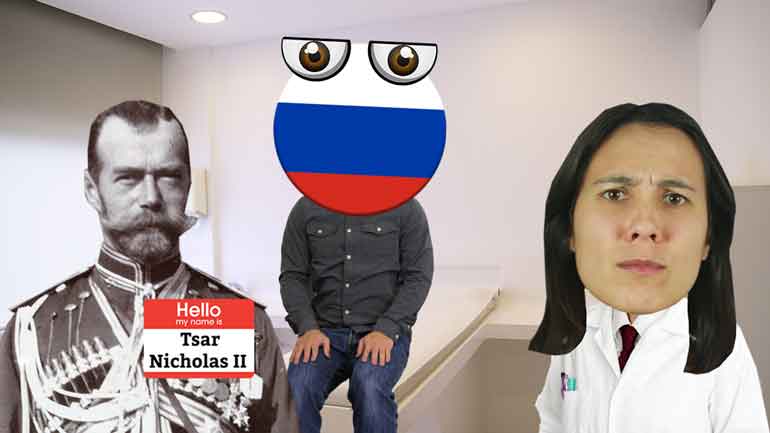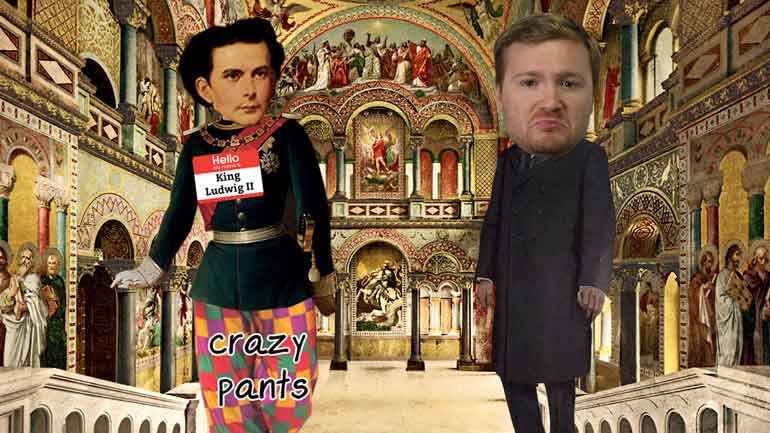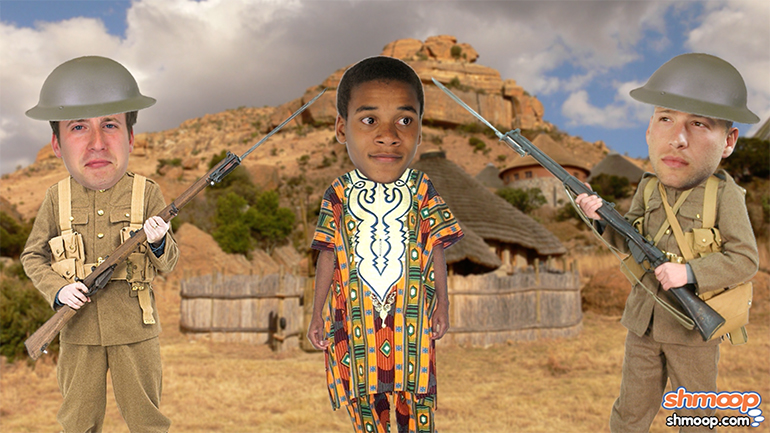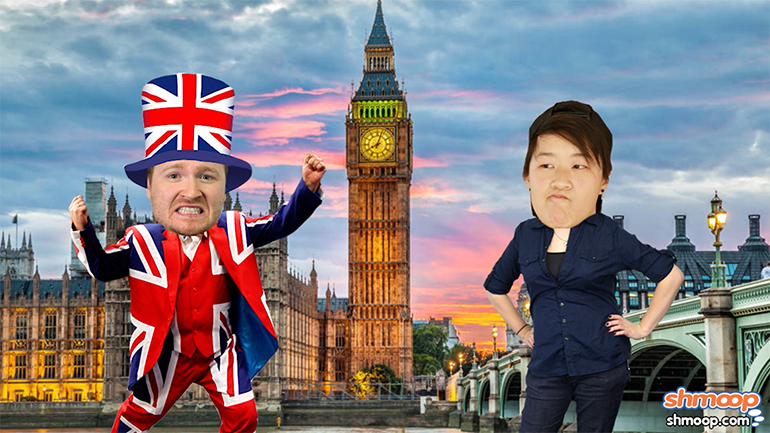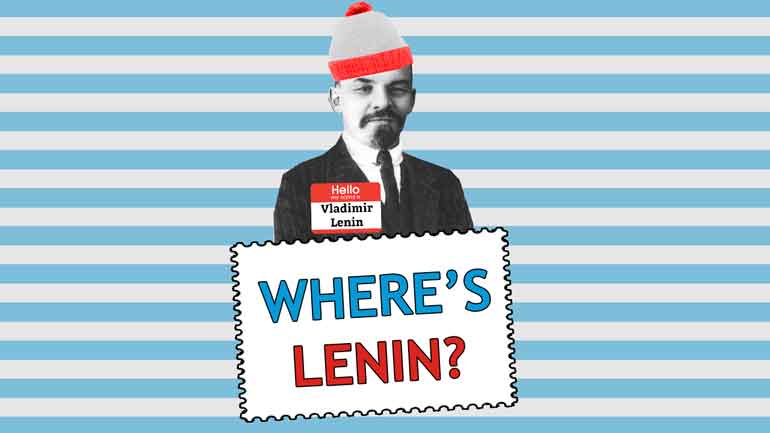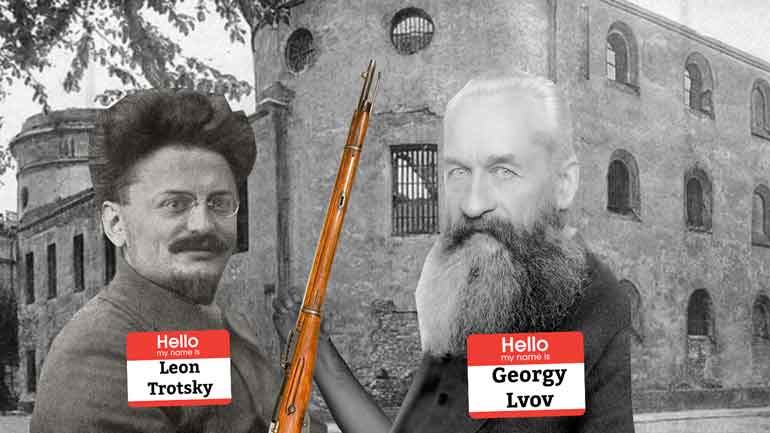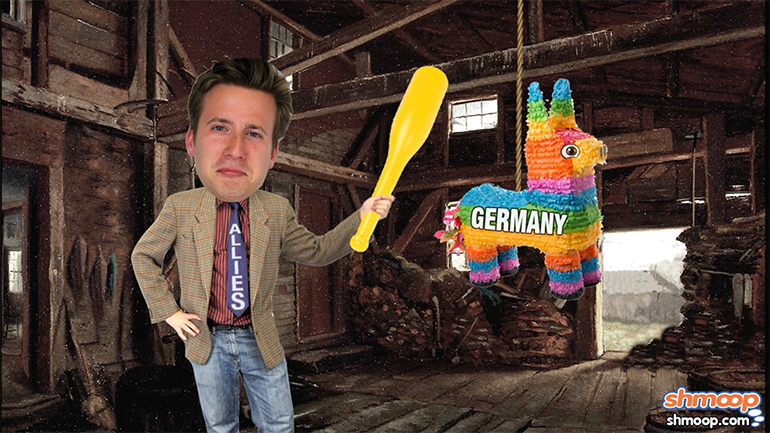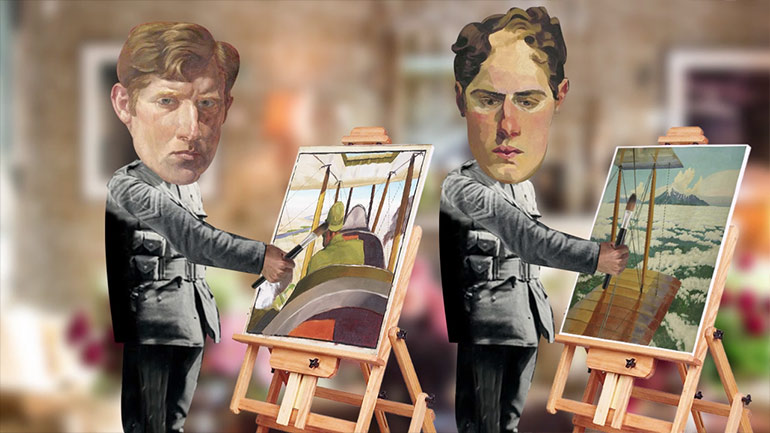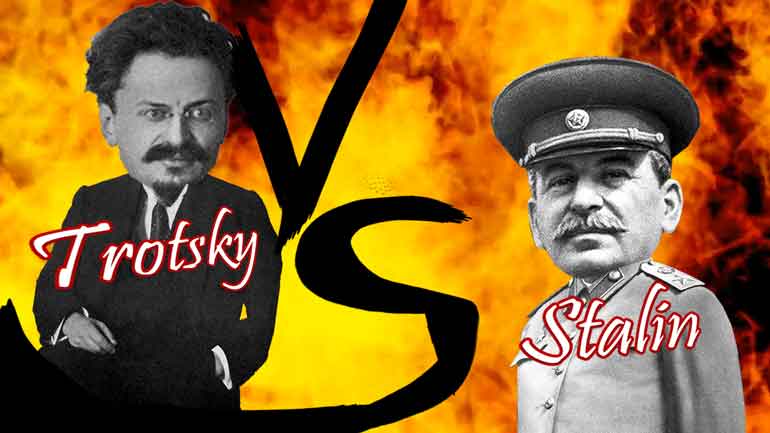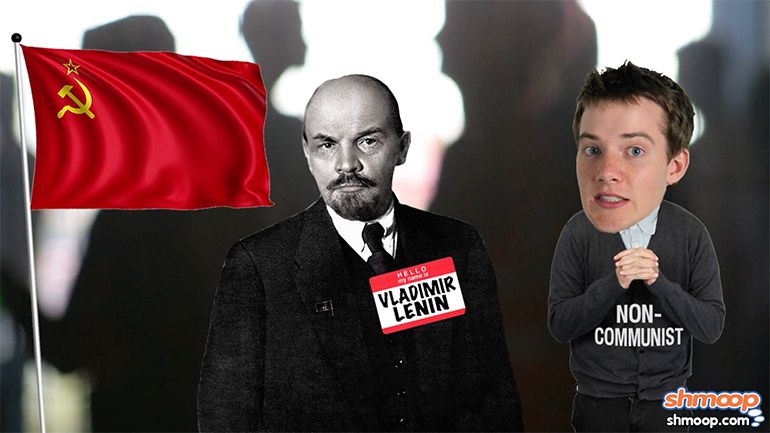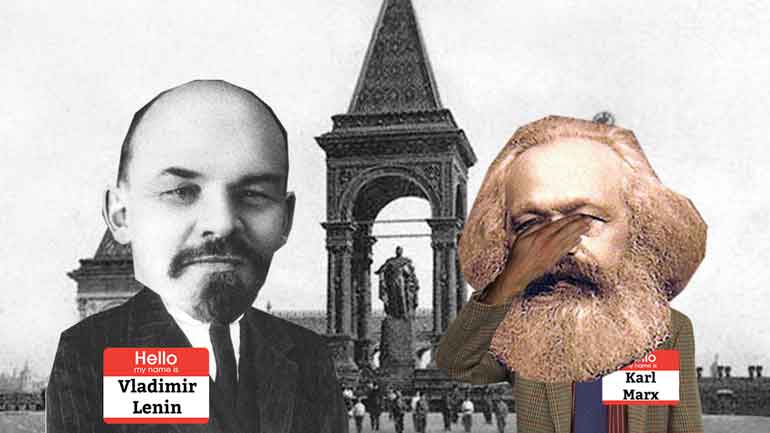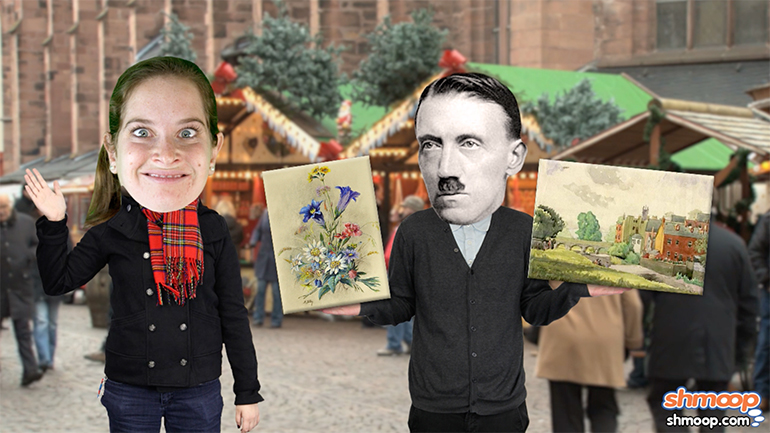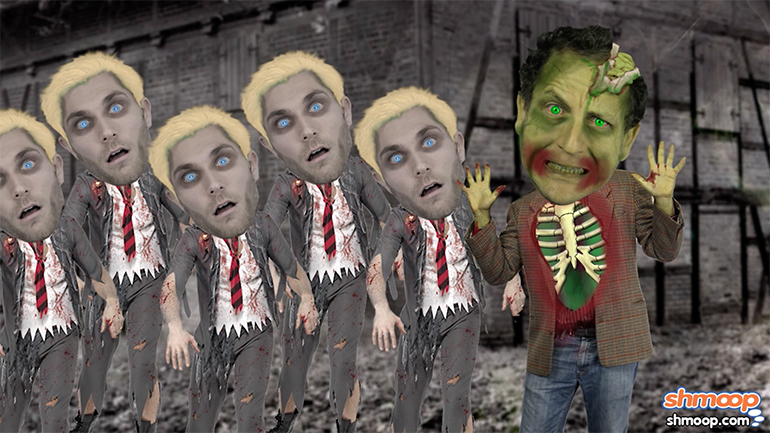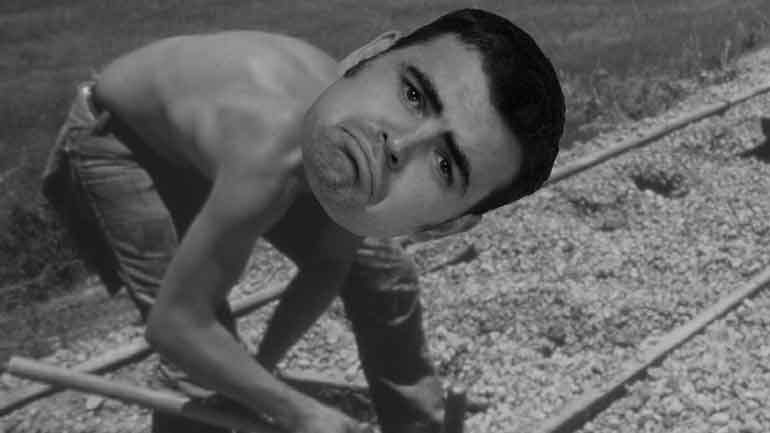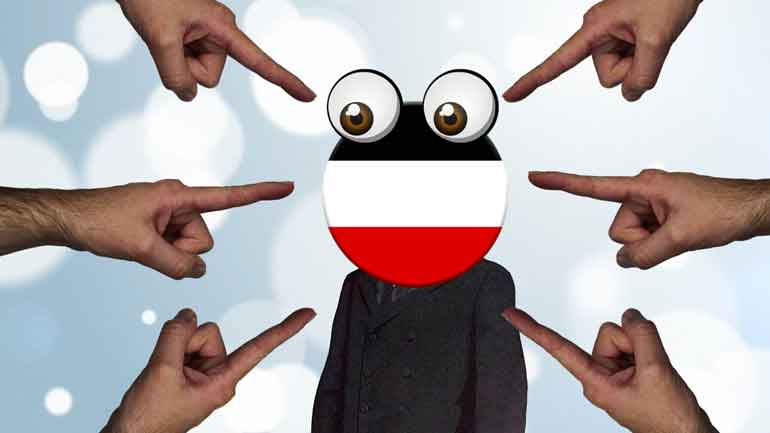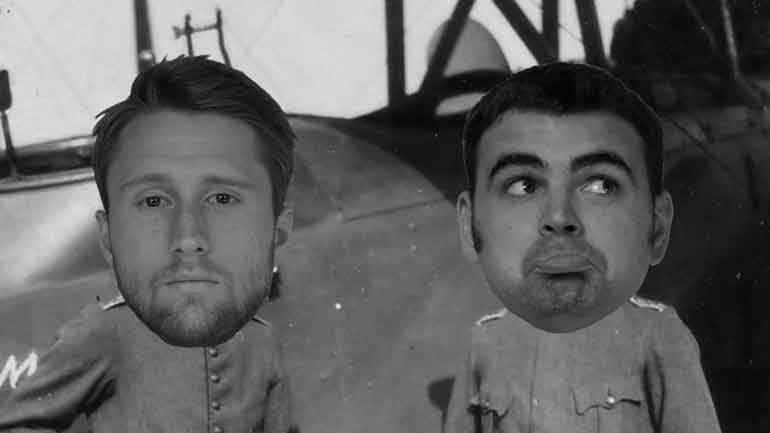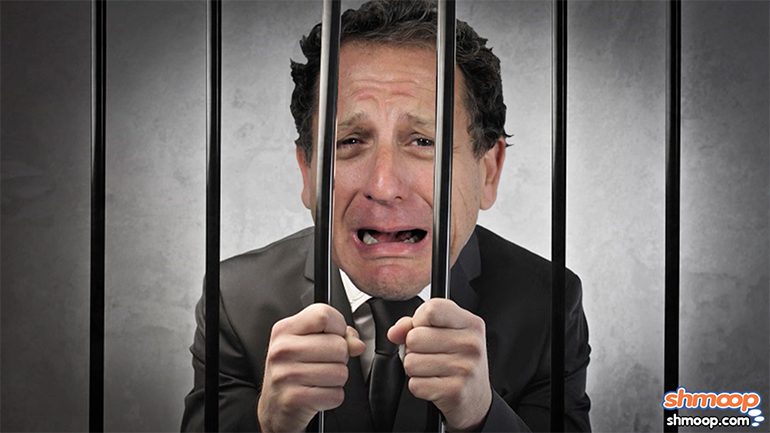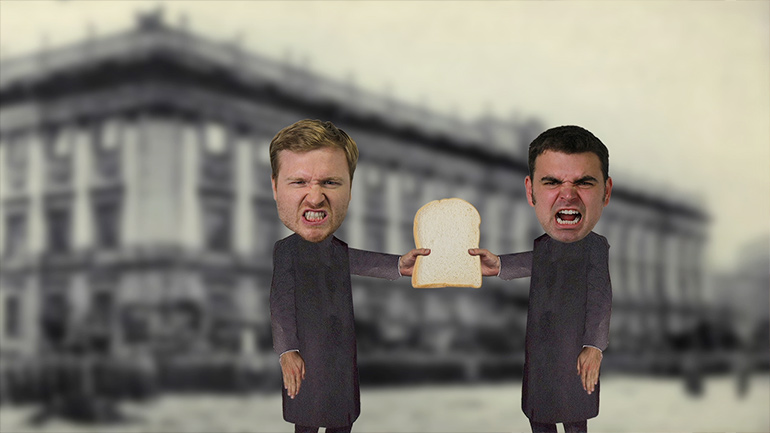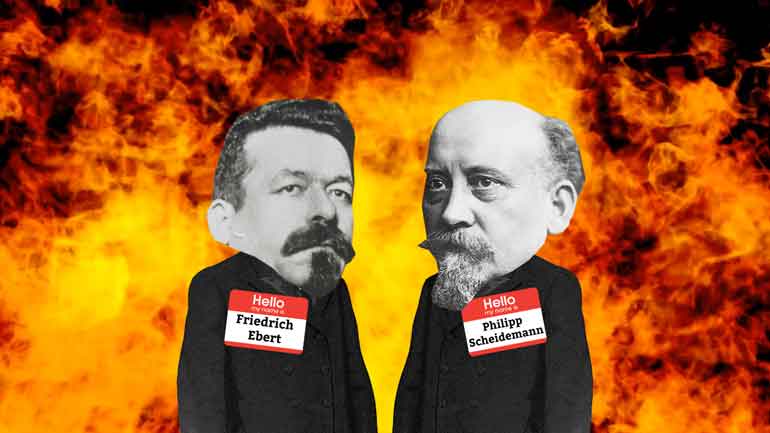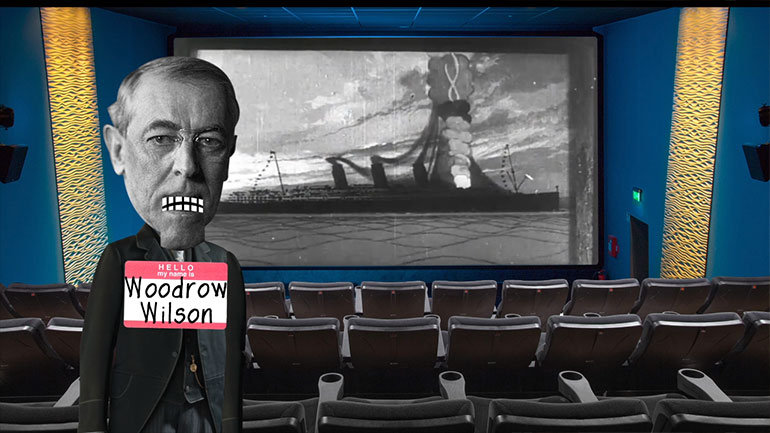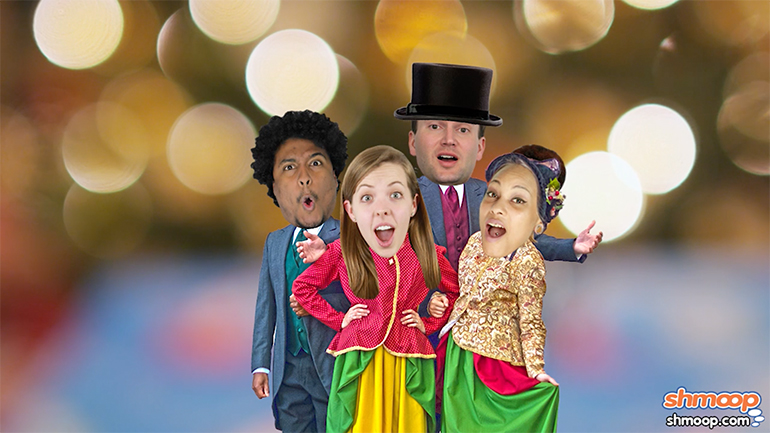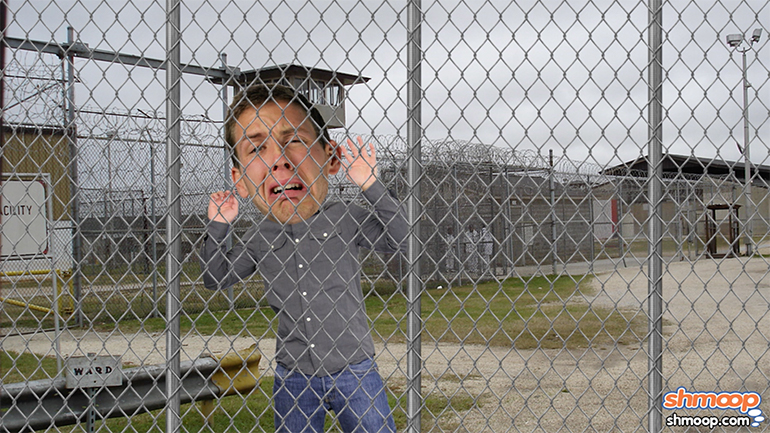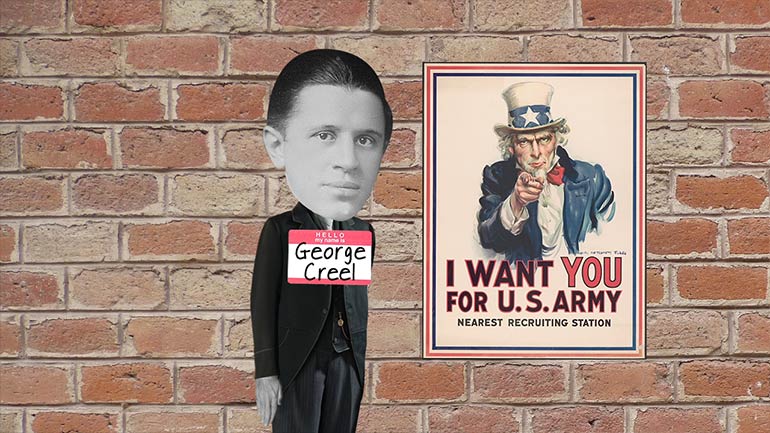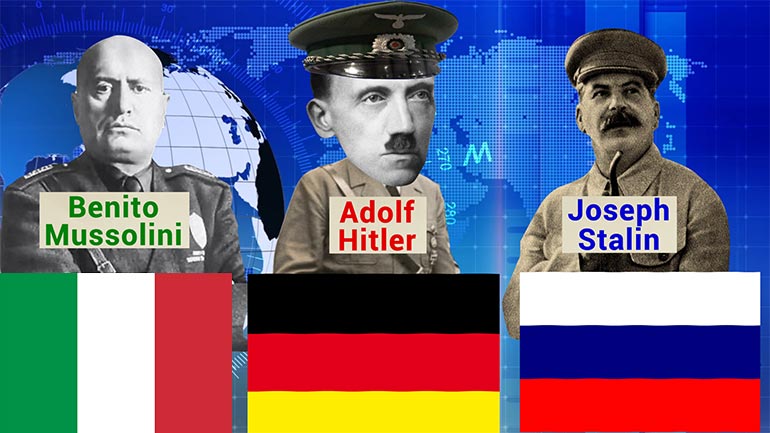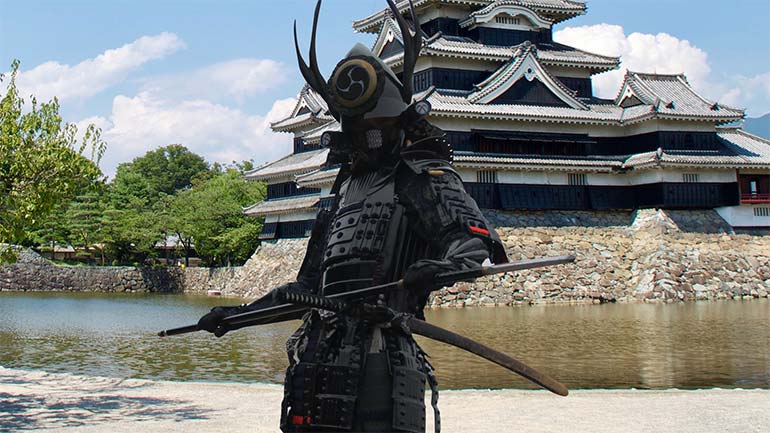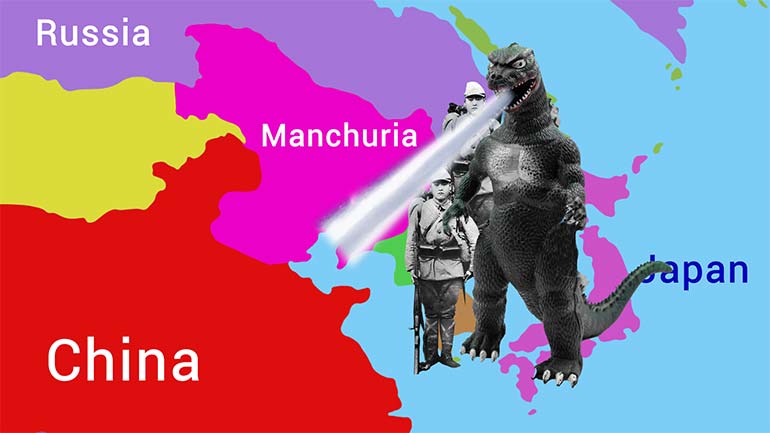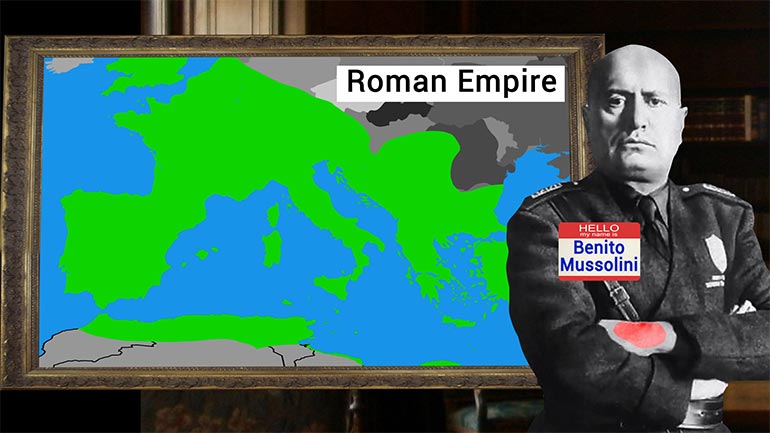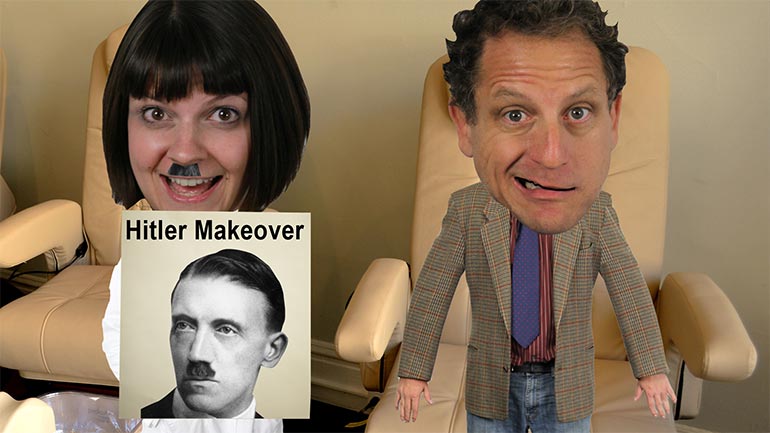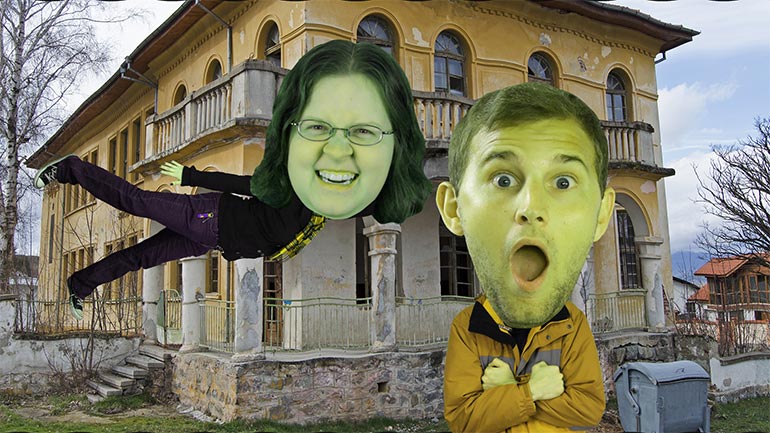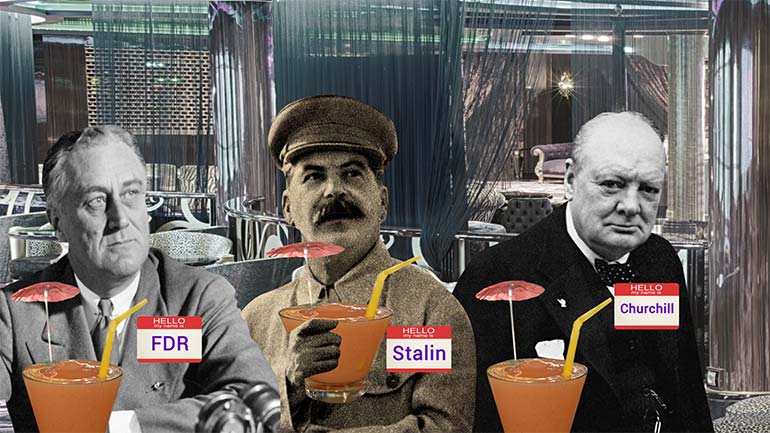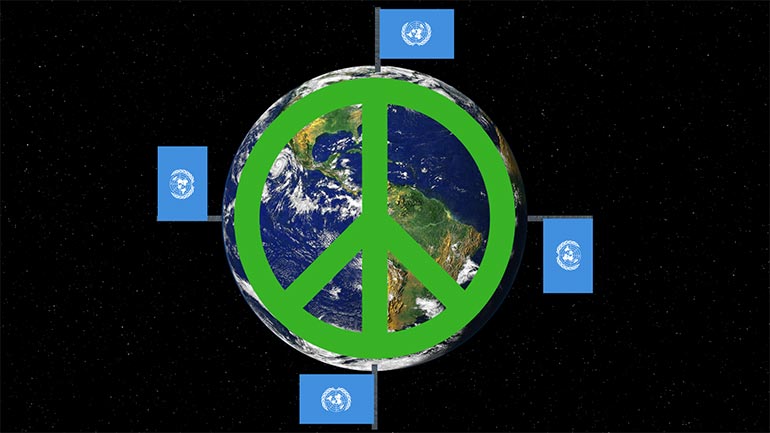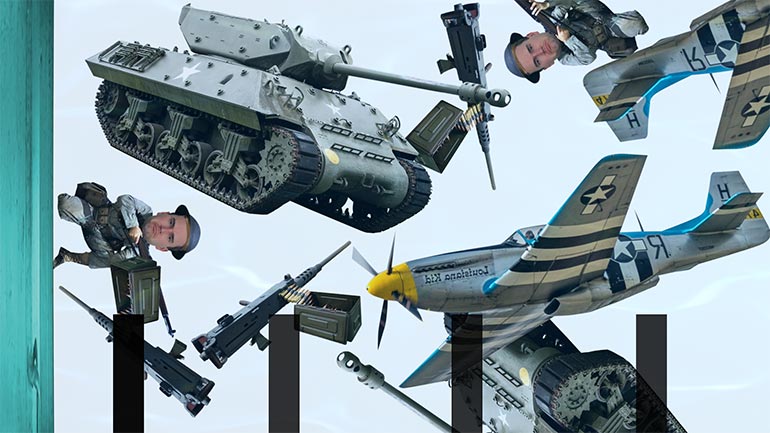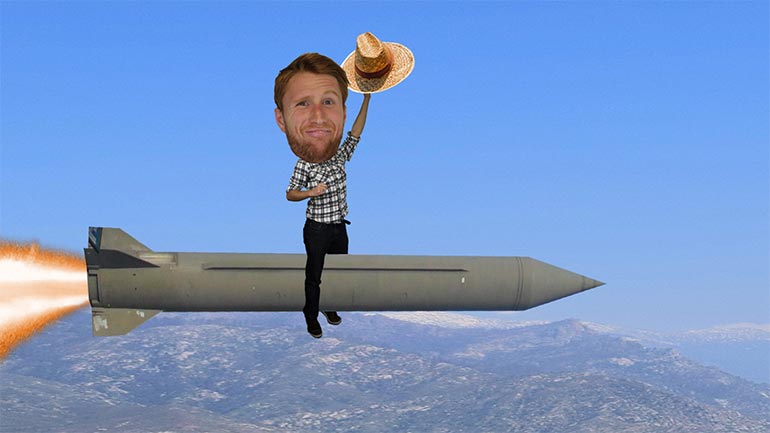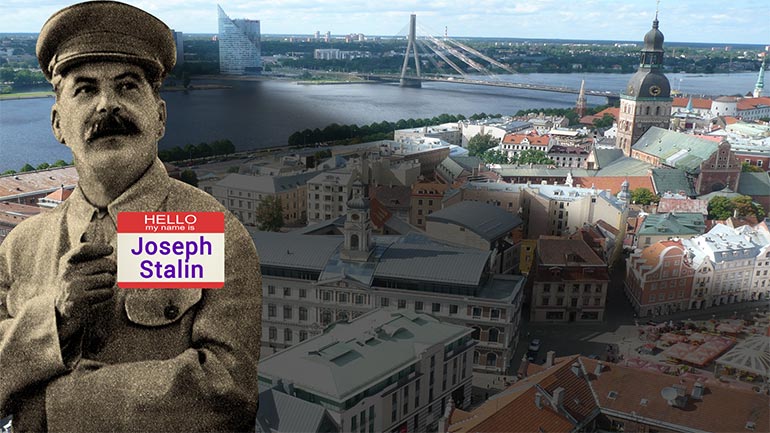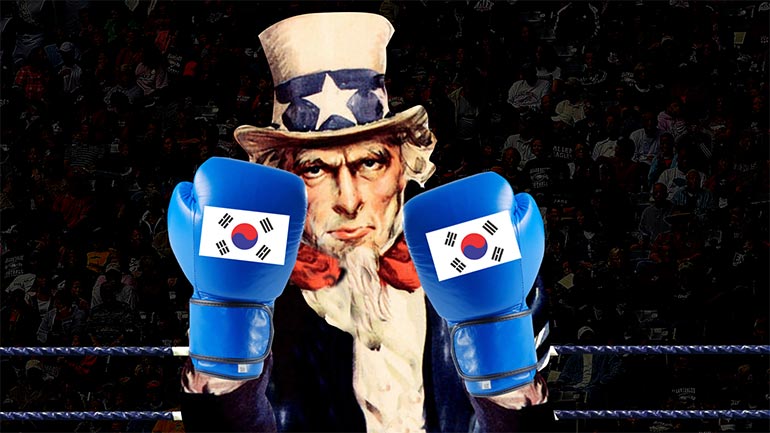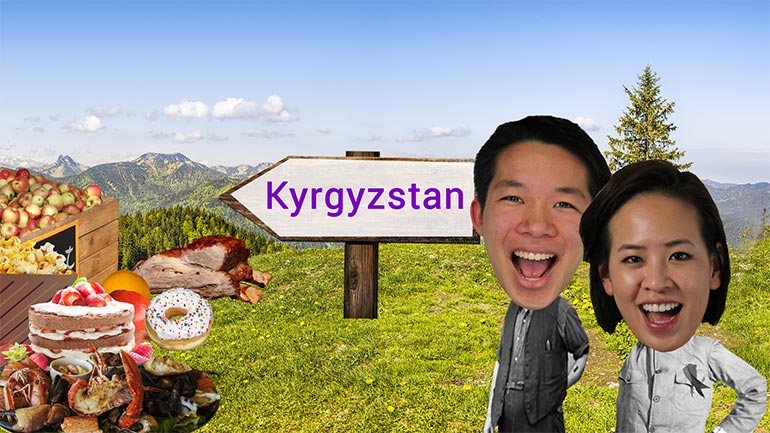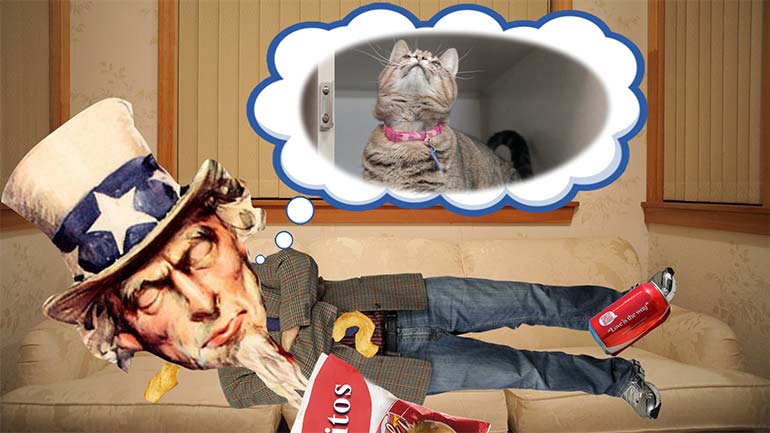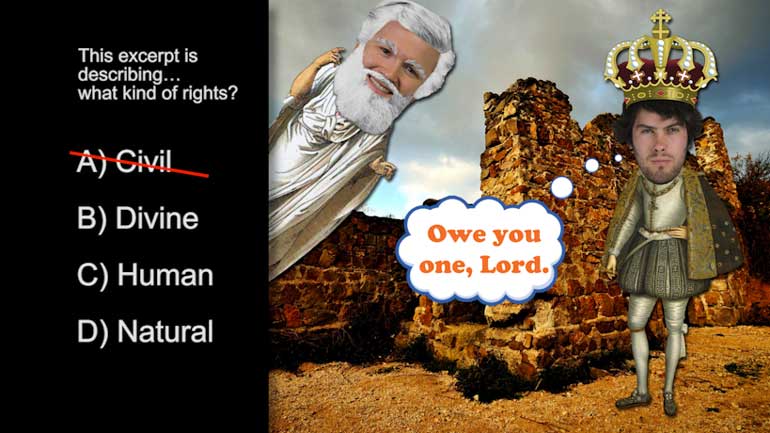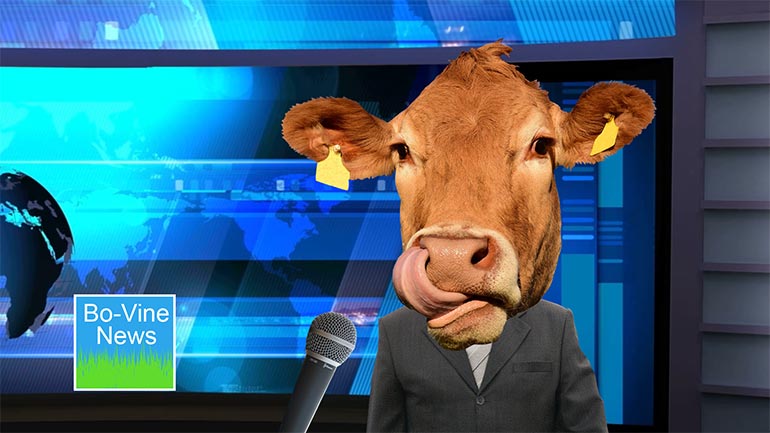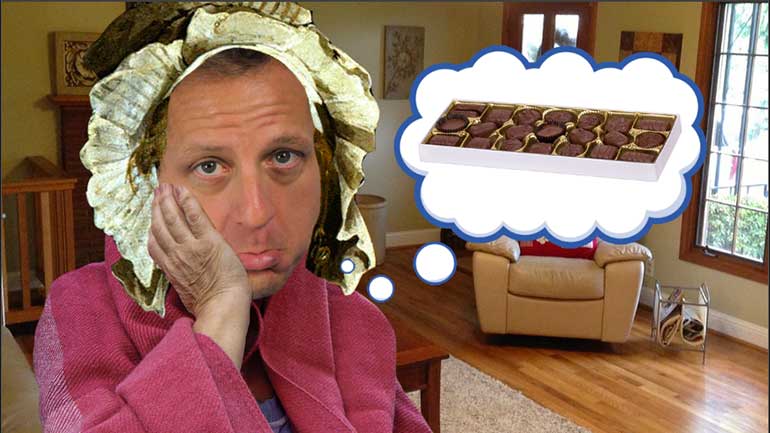ShmoopTube
Where Monty Python meets your 10th grade teacher.
Search Thousands of Shmoop Videos
Modern World History Videos 86 videos
Today we're tackling unions, a.k.a. the people who brought you weekends, a.k.a. the greatest people who have ever existed. We'd send them a thank y...
Modern World History 3.11 Unions: the People Who Brought You Weekends 65 Views
Share It!
Description:
Today we're tackling unions, a.k.a. the people who brought you weekends, a.k.a. the greatest people who have ever existed. We'd send them a thank you card, but we're too busy sleeping in until two in the afternoon.
Transcript
- 00:04
Picture it: you're a poorly-paid factory worker doing a repetitive, possibly dangerous, job. [A girl and a boy watch television]
- 00:09
You don't have much of an education and you're tired all the time, thanks to your endless workday.
- 00:14
You also live with the worry that one of the machines will get hungry someday and chomp your arm off. [A worker dreams]
- 00:20
This is your boss. He's rich. [The boss sailing in a ship]
- 00:22
He's so rich, in fact, that his kids can afford to build massive 70-room mansions. [A boy walks on the lawn of a huge mansion]
Full Transcript
- 00:26
Yep, that's mansions with an "s".
- 00:29
In exclusive East Coast resort towns you'll never see. [A boy enjoys on the beach]
- 00:33
Your boss’ favorite hobby is buying politicians
- 00:35
and he doesn’t care that he makes as much money as he does
- 00:37
because the working conditions you labor in, quite frankly, suck. [The boss offers money to the politician]
- 00:41
So how do you—itty-bitty you—wrestle a better life for yourself from this jerk?
- 00:46
Well, you hope to be bitten by a radioactive spider and get yourself some sweet super powers and... [A hand tries to grab a spider]
- 00:51
Well, okay, that never happens.
- 00:52
So, what do you actually do?
- 00:53
Well, you unionize.
- 00:54
A union is a group of people who come together to bargain collectively with management.
- 00:59
No individual has enough power to squeeze concessions out of the big boss-man. [Two guys arm wrestle]
- 01:03
But all the individuals in a factory or an industry?
- 01:06
Well, that's another story. [A man runs away leaving his hand behind]
- 01:07
The Labor Movement in the United States got its start
- 01:10
in 1866 with the foundation of the National Labor Union.
- 01:14
While this organization sought to bring all of labor together under one big umbrella, it wasn’t the most inclusive of groups. [A guy holds umbrella]
- 01:18
Chinese workers weren’t invited to the clubhouse,
- 01:22
and the National Labor Union was reluctant to help African Americans and women in the workplace.
- 01:28
While the National Labor Union did achieve its goal of getting [pregnant woman in labor]
- 01:30
an eight-hour workday for government workers signed into law,
- 01:33
government agencies pushed back by reducing pay.
- 01:36
When the organization’s leadership decided that
- 01:38
electoral politics was its tool—its only tool—of choice, [boss gives presentation]
- 01:42
the group’s membership jumped ship and left for the Knights of Labor.
- 01:46
The Knights of Labor were dreamers.
- 01:48
They wanted life to be better for everybody, not just workers. [Knights of Labor logo]
- 01:51
Unfortunately, in 1886, the Knights of Labor were blamed
- 01:54
when someone threw a bomb during a peaceful [demonstration at Hay market Square in Chicago]
- 01:56
demonstration at Haymarket Square in Chicago.
- 01:59
While the organization struggled along for several more decades, it was a ghost of its former self.
- 02:04
No one likes a bomb thrower.
- 02:05
1886 was a busy year for labor.
- 02:07
While the Knights of Labor were going under, [The criminals are hanged]
- 02:09
the American Federation of Labor was rising up.
- 02:12
This particular umbrella organization was made up of craft unions, [workers work in the office]
- 02:16
or groups organized around a trade, with the members in each group ranked by skill level.
- 02:21
We're assuming "bead-stringing" was the lowest level. [A girl holds a bead]
- 02:24
Led by Samuel Gompers, an English-born cigar maker,
- 02:27
the AFL became the most powerful pro-labor force [The photo of Samuel Gompers appears on screen]
- 02:30
in the U.S. and kept its position well into the 20th century.
- 02:33
The AFL merged with the Congress of Industrial Organizations [women protests against the government]
- 02:37
in 1955,
- 02:38
and the AFL-CIO still exists today, with millions of members.
- 02:42
The International Workers of the World, [logo of Industrial Workers of the World]
- 02:44
or IWW, got its start in 1905.
- 02:47
The IWW wanted to bring all workers together into one big, happy union. And we do mean all workers. [various skilled laborers gather]
- 02:53
The IWW didn’t give a toss for racism, sexism, or prejudice against the employees of particular industries.
- 02:59
The method of collective bargaining
- 03:01
employed by all these unions
- 03:02
led to a number of improvements for the working class. [various improvements in labor rules]
- 03:05
Wages got better.
- 03:06
Hours got better.
- 03:07
Working conditions improved.
- 03:09
But, even as the Labor Movement chipped away at the power of big business, big business fought back, often violently.
- 03:15
For example, the Great Railroad Strike of 1877
- 03:17
began when the B&O, or Baltimore and Ohio Railroad, [image of Great Railroad strike]
- 03:21
cut wages for the third time in a year.
- 03:23
And yes, some people did call the B&O railroad, the Body Odor Railroad. Yeah, but, c'mon, they were asking for it. [boy cries beside a train]
- 03:29
Railroad workers in West Virginia, Maryland, Pennsylvania, Illinois, and Missouri consequently walked off the job. [markers placed on the map]
- 03:35
Soldiers were called out to put down the strike and a number of people on both sides of the issue were injured or killed.
- 03:40
Even today, unions and industry continue to duke it out over issues like [A girl walks away from a non union worker to a union worker group]
- 03:44
whether or not government workers who choose not to join
- 03:46
unions should be required to help pay for collective bargaining.
- 03:50
And ethically, it's a big problem because America's competing with non-union labor from other countries [empty customer care call center]
- 03:56
who work for a dollar a day and well, union workers here aren't too happy about that.
- 04:00
But then the big businesses they work for go bankrupt. [worker protest against outsourcing of jobs]
- 04:03
It's a tussle that isn't ending anytime soon. [A businessman stands near protesting workers and declares himself bankrupt]
Related Videos
GED Social Studies 1.1 Civics and Government
When you're about to marry the love of your life, not many things could stop you. However, finding out that your future hubby is keeping his crazy...
Here at Shmoop, we work for kids, not just the bottom line. Founded by David Siminoff and his wife Ellen Siminoff, Shmoop was originally conceived...
ACT Math: Elementary Algebra Drill 4, Problem 5. What is the solution to the problem shown?
